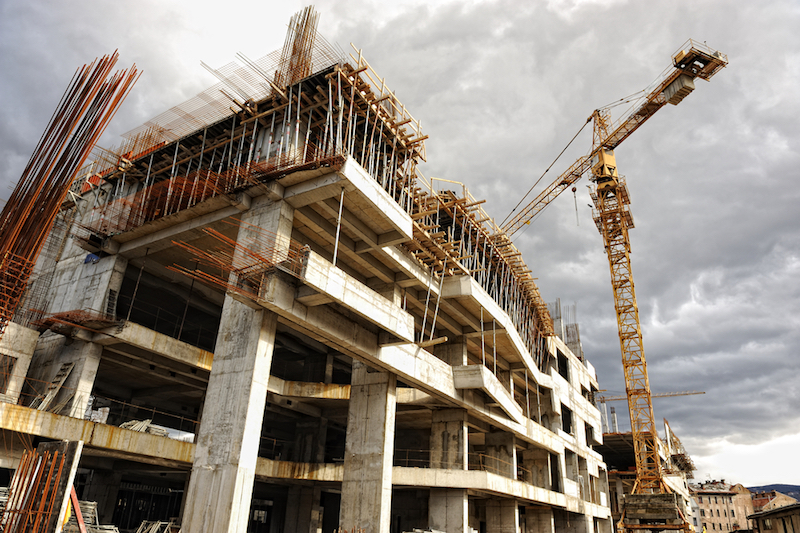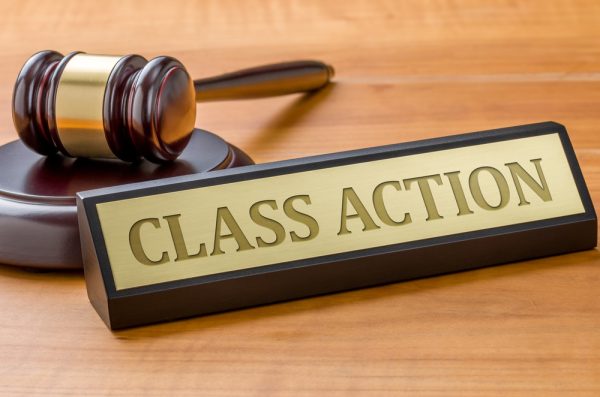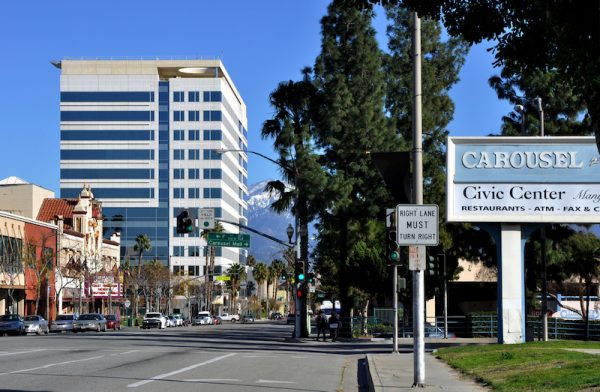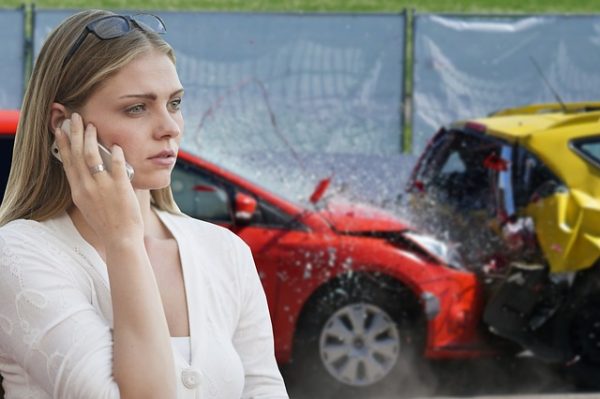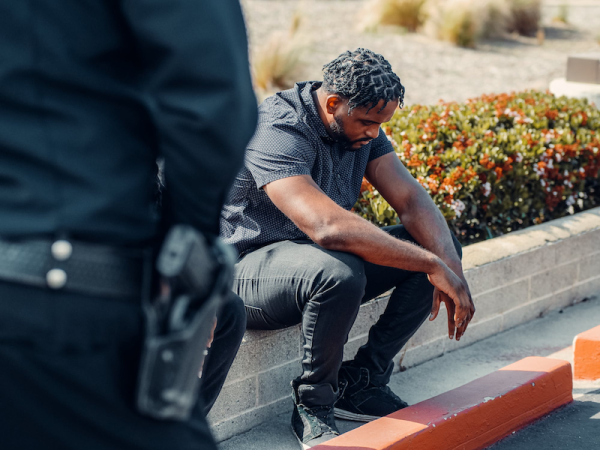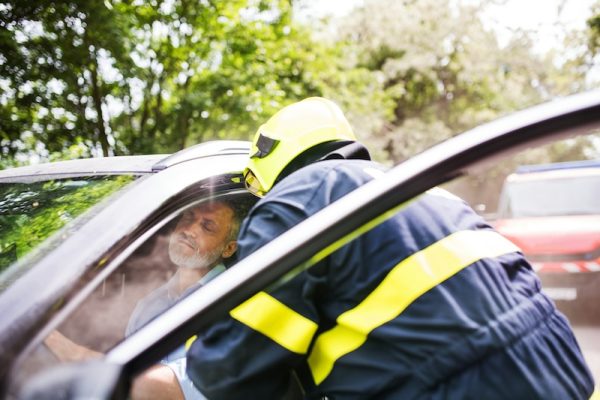What to Do if You’re Injured in a Crane Accident
Branded Content by Cosmic Press
The construction industry can be a dangerous business. One in five workplace deaths occur within the industry, and 47% of fatal work injuries from 2018 involved constriction accidents.
A wide variety of circumstances causes injuries from crane accidents. Among the many: contact with powerlines, falls, and rigging failures. These types of accidents can be life-threatening if not fatal.
An experienced attorney can help you and your figure out who’s at fault for your injuries from a crane accident —and what you can do about it.
Crane Accident Protection
Regulations are in place to protect construction workers who put their lives on the line every day for work; one in 10 will sustain an injury every year, according to the Occupational Safety and Health Administration.
A construction accident law firm can help determine if crane accidents could have been avoided due to the negligence of an employer or another party.
OSHA violations involving cranes include materials not being rigged, not making annual inspections, not working away from a powerline, and an unqualified signalperson. Other factors include incorrect crane use, bad weather, and setting up a crane improperly.
The more construction there is, the more accidents there will be. That’s why the top three States for fatal crane accident injuries are Texas, New York, and Florida. Most states have adopted operations and safety guidelines that most construction companies must follow to protect their workers.
These regulations can include training in safety measures, extensive protective gear, and comprehensively outlined equipment operations. Such actions also protect residents, especially in densely populated areas where construction is taking place.
What Can Happen in a Crane Accident?
Common crane-related injuries include amputations, brain injuries, and spinal cord injuries, according to Enjuris, which outlines several additional causes of crane accidents, including being struck by crane loads and crane collapse.
According to the Center for Fatal Injuries, about 44 crane-related deaths occur each year in the United States.
The most common cause of crane-related fatalities is contact with an object or equipment at 62%, followed by falls (20%), transportation incidents (10%), and contact with electricity (6%), according to the Bureau of Labor Statistics.
Most crane accidents occur in the private construction industry, and both employers and material manufacturers are responsible for crane safety. An employer should thoroughly review safety procedures with employees and ensure a workplace is safe every day.
If accident occurred due to your work, there is potential for worker’s compensation benefits regardless of fault or a lawsuit against third parties with help from a construction accident law firm.
Victims may also be compensated for lost wages, medical costs, and general pain and suffering.
In addition, equipment used in construction should not be defective or contribute to a crane accident or any other construction accident. Depending on the circumstances, victims may be able to sue a manufacturer through a product liability lawsuit.
Family members of those who have died after suffering a construction injury may be able to file a wrongful death claim as well.
Law Firms Can Help You
Construction accident law firms work closely with you and your family to make sure you are owed precisely what you deserve. They take a deep dive into the facts of the case and look into whether an employer and manufacturer should be held responsible in any way for an injury.
Many accident law firms have decades of experience handling all levels of construction injury or fatalities, often helping to secure large six- or seven-figure settlements. Most also provide free consultations to do discuss your case.
Branded content furnished by our promotional partners. The Daily Sundial editorial staff is not involved in its production. Content does not reflect the views or opinions of the editorial staff.
